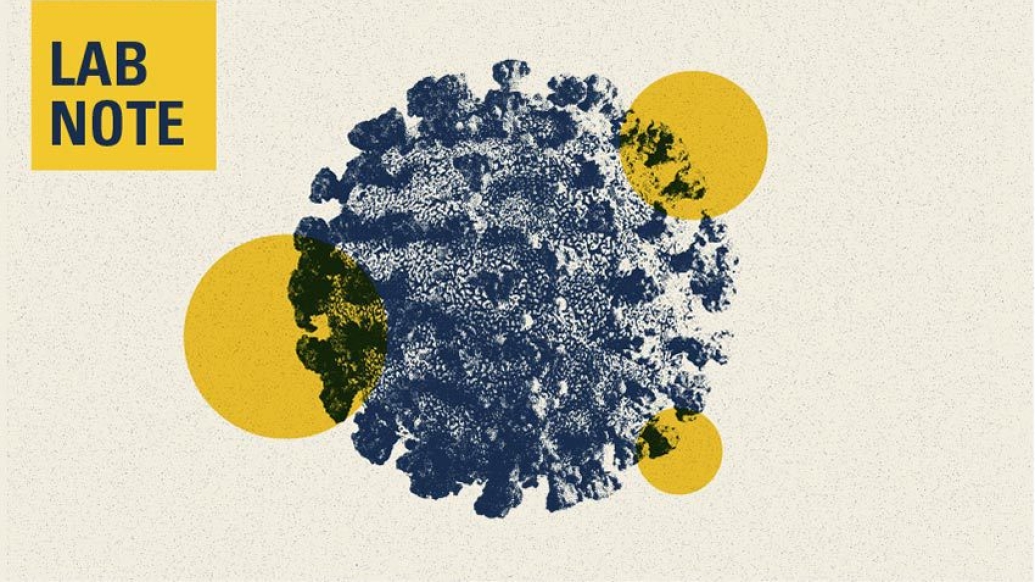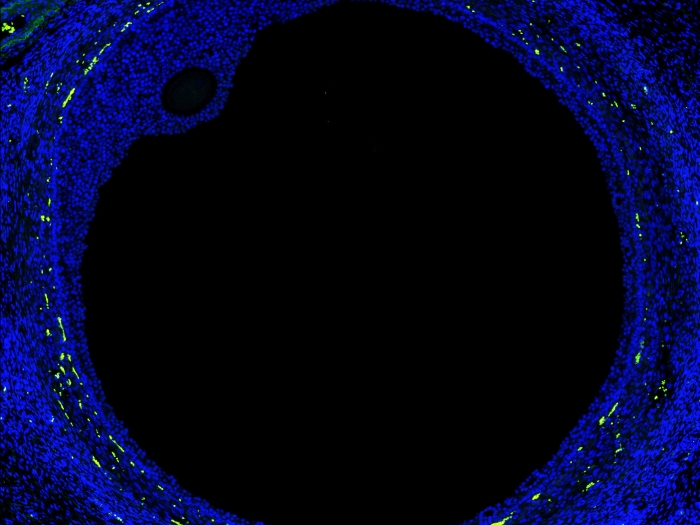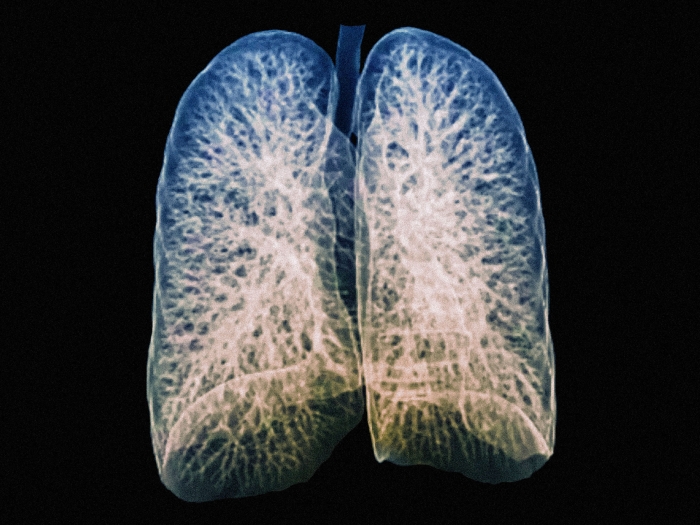The review article proposes a strategy for effective and efficient COVID-19 vaccine design.
5:00 AM
Author |

Since the onset of the coronavirus pandemic in late 2019, more than 100 COVID-19 vaccines have entered or completed clinical trials, many of which have been authorized to be used around the world. However, fighting the ever-increasing threat posed by new SARS-CoV-2 variants calls for more efficient ways of developing safe and effective vaccines for COVID-19—and other emerging infectious diseases.
Anthony Huffman, Ph.D., of the Department of Computational Medicine and Bioinformatics, Yongqun Oliver He, Ph.D., and their colleagues at the University of Michigan Medical School recently published a review article in the journal Briefings in Bioinformatics that systematically surveys various methods in so-called rational COVID-19 vaccine design—which uses IT to determine potential vaccine targets—and proposes a strategy for effective and efficient COVID-19 vaccine design.
They classified three major stages in computational vaccine design:
-
Identification of experimentally verified gold standard protective antigens—the proteins that trigger the immune system to mount a defense—through literature mining
-
Rational vaccine design using reverse vaccinology, which uses the virus' RNA or DNA to identify proteins that could be targets for vaccines and structural vaccinology, which uses the atomic structure of a virus to inform potential vaccines—using the gold standard data
-
And further improvement of vaccine design through the surveillance and application of the approved vaccine successes and adverse event reports.
The team developed Protegen, a database of experimentally verified protective antigens, which can be used as gold standard data for rational vaccine design. With the support of various machine learning methods, many RV and SV approaches have been developed and applied to COVID-19 vaccine design.
As an example of COVID-19 vaccine design, Edison Ong, Ph.D., and his teammates in the He laboratory have developed and applied RV and machine learning methods to successfully predict the SARS-CoV-2 Spike (S) protein as the best viral protein for COVID-19 vaccine development, which is aligned with the current usage of mRNA of the S protein in Pfizer and Moderna vaccines.
Furthermore, the team also unveiled several other viral proteins valuable for COVID-19 vaccine development and proposed a new cocktail vaccine recipe to possibly increase the efficacy and safety of next-generation COVID-19 vaccines.
Papers cited:
Anthony Huffman*, Edison Ong*, Junguk Hur, Adonis D'Mello, Hervé Tettelin, Yongqun He. COVID-19 Vaccine Design Using Reverse and Structural Vaccinology, Ontology-based Literature Mining, and Machine Learning. Briefings in Bioinformatics. DOI: 10.1093/bib/bbac190. PMID:35649389
Ong E, Wong M, Huffman A, He Y. COVID-19 coronavirus vaccine design using reverse vaccinology and machine learning. Frontiers in Immunology. DOI: 10.3389/fimmu.2020.0158

Explore a variety of healthcare news & stories by visiting the Health Lab home page for more articles.

Department of Communication at Michigan Medicine
Want top health & research news weekly? Sign up for Health Lab’s newsletters today!





